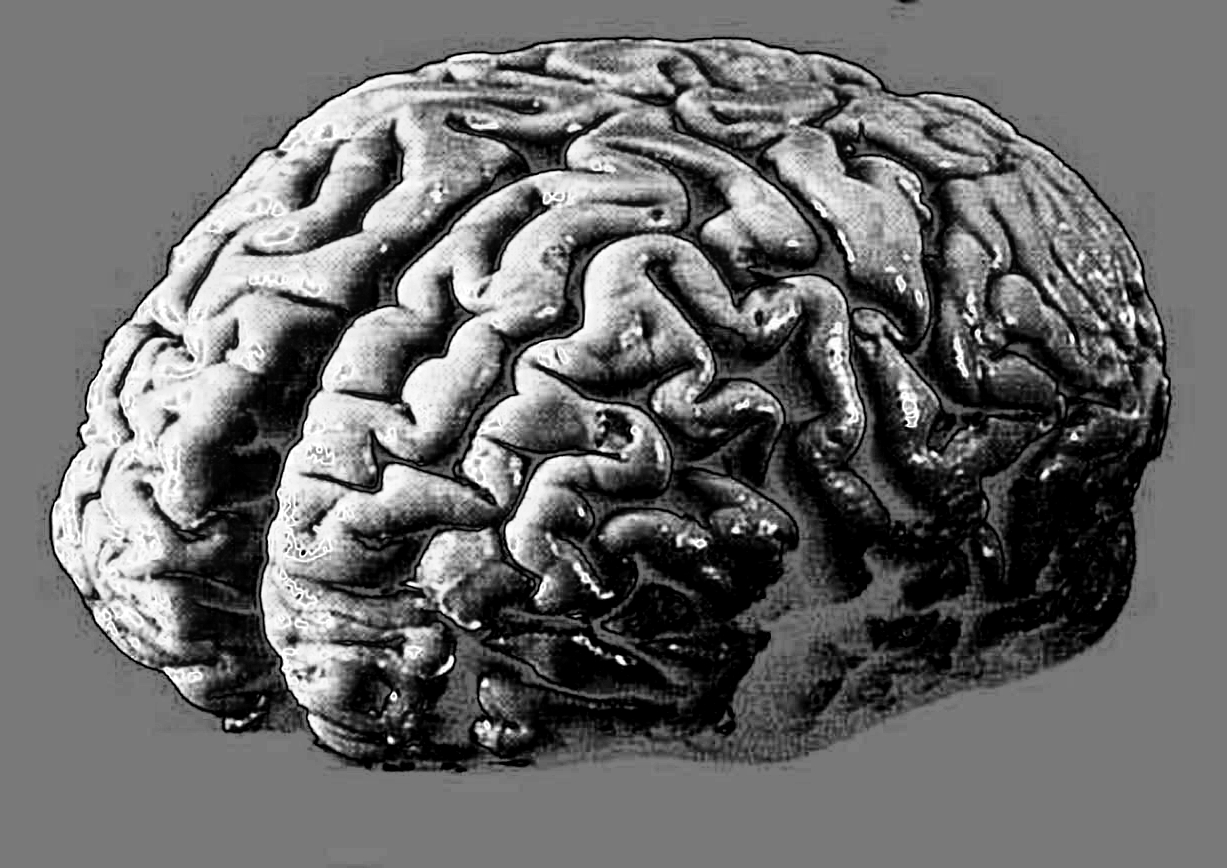Key brain switch flicked
 Researchers have worked out how to switch off a part of the brain linked to debilitating neurodegenerative disorders.
Researchers have worked out how to switch off a part of the brain linked to debilitating neurodegenerative disorders.
A team at Griffith University says it has taken control of a key pathway of nerve fibre breakdown in neurodegenerative disorders such as Parkinson’s disease, traumatic brain injury and glaucoma.
Their studies have revealed the structural processes behind activation and inhibition of SARM1, a key molecule in the destruction of nerve fibres.
“As a trigger for nerve fibre degeneration, understanding how the enzyme SARM1 works may help us treat several neurodegenerative conditions,” says Dr Thomas Ve from the university’s Institute for Glycomics.
“In this study we show the molecular interactions that can switch SARM1 on and off. This gives us a clear avenue for the design of new drug therapeutics.”
In neurodegenerative conditions like peripheral neuropathy, Parkinson’s disease, amyotrophic lateral sclerosis (ALS), traumatic brain injury and glaucoma, when the nerve fibres are damaged, SARM1 is activated.
“This sparks a cascade of molecular processes that leads to the self-destruction of the nerve cell’s axon, the cable that carries electric impulse away from the body of the nerve cell to the next,’’ Dr Ve said.
“Several times thinner than a human hair, but up to a metre in length for those that extend from the brain down the spinal cord, their destruction can lead to catastrophic dysfunction.”
Co-author Dr Yun Shi said the SARM1 protein acts like a sensor that responds to the environment.
“It switches on when the levels of a small activator molecule nicotinamide mononucleotide (NMN) increase. The activator binds to the larger SARM1 protein like a key in a lock, opening the door to the process that leads to the breakdown of the nerve fibres,” Dr Shi said
Once unlocked, SARM1 is able to break down another key molecule called nicotinamide adenine dinucleotide (NAD+), a cellular fuel that nerve fibres need to function and stay alive.
The researchers used NMR spectroscopy to demonstrate how SARM1 consumes NAD+ and, more importantly, reveal the molecular details involved in blocking this process.
“We introduced a chemical developed by our industry partner Disarm Therapeutics and demonstrated that it reacts with the NAD+ molecule and binds tightly to SARM1 to prevent further breakdown of NAD+,” Dr Shi said.
“As a result, this chemical blocks the destructive pathway in nerve cells and may be used to improve some neurodegenerative conditions.”
The study also used structural biology tools (cryo-electron microscopy and x-ray crystallography) to determine for the first time a structure of SARM1 in complex with an inhibitor and to reveal the structural changes involved in opening the lock that activates SARM1.
“Moving forward, the goal is to build on these results, to make improved molecules to turn off this pathway which are more specific towards SARM1. If this can be achieved, it can ultimately lead to new treatments for patients suffering a variety of neurological conditions”.








 Print
Print